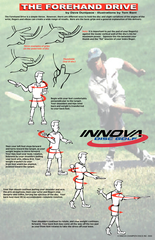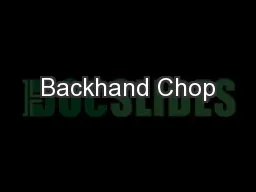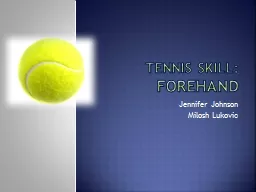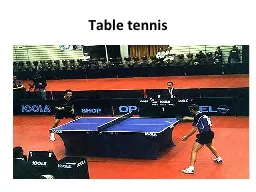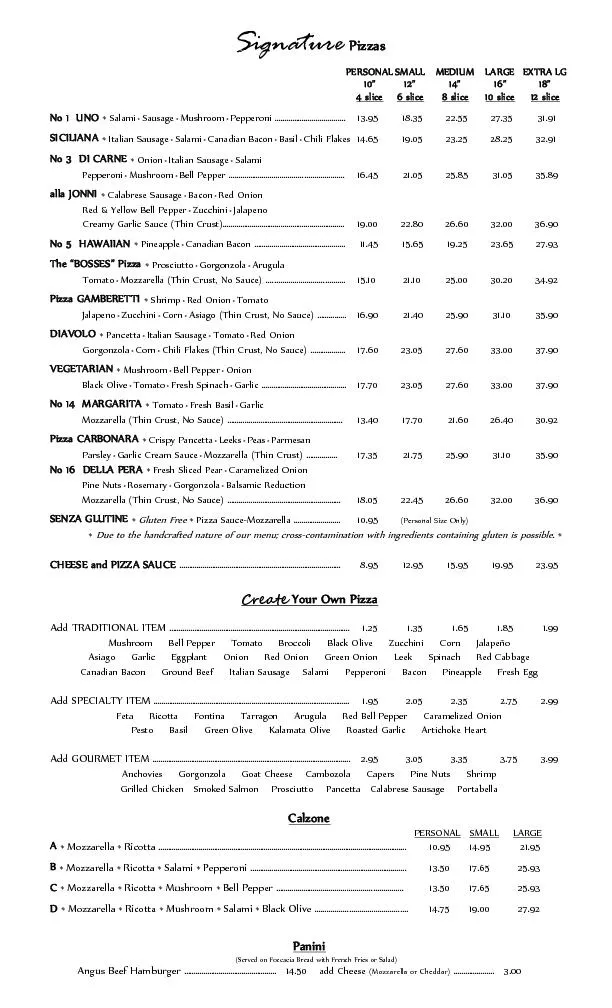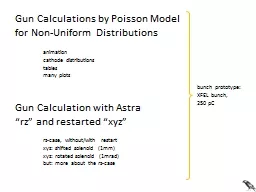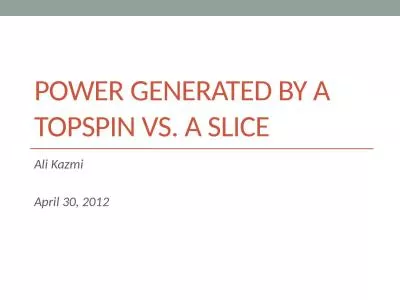PPT-T he Forehand: Slice vs. Topspin
Author : karlyn-bohler | Published Date : 2018-12-22
Pranav Reddy Background The 3 basic strokes topspin offense or defense slice defensive flat offensive I will concentrate on the first two Grips Professional Topspin
Presentation Embed Code
Download Presentation
Download Presentation The PPT/PDF document "T he Forehand: Slice vs. Topspin" is the property of its rightful owner. Permission is granted to download and print the materials on this website for personal, non-commercial use only, and to display it on your personal computer provided you do not modify the materials and that you retain all copyright notices contained in the materials. By downloading content from our website, you accept the terms of this agreement.
T he Forehand: Slice vs. Topspin: Transcript
Download Rules Of Document
"T he Forehand: Slice vs. Topspin"The content belongs to its owner. You may download and print it for personal use, without modification, and keep all copyright notices. By downloading, you agree to these terms.
Related Documents


